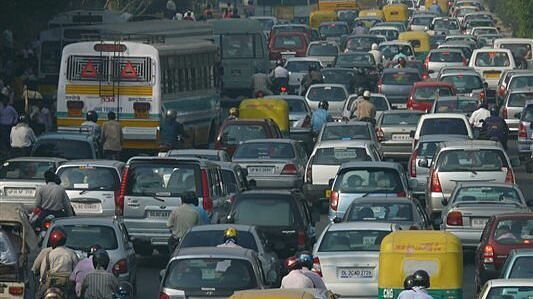
The Centre has announced that BS6 emission norms will come into effect on April 1, 2020 and will include all vehicles under its ambit. It had announced last year that in the light various factors, the top of which was pollution levels, it would make a jump directly from BS4 norms to BS6 norms.
Obviously the biggest change will be the nitrogen oxide emissions which by BS6 will be significantly lower than the current levels. This will make the air more breathable and improve quality of life and in general make being outside a much nicer experience than it is right now.
However, there is a catch to this. As per SIAM statics, the number vehicles sold across all segments and body shapes has been steadily increasing over the last seven years with just one major dip in the period 2011-2012 when global oil prices were at one of their highest ever. At the current rate, it seems almost likely that we will once again achieve a high growth rate by 2020 putting even more pressure on an already chocking infrastructure system.
The 2016 budget which was announced today has listed out 1 lakh crore fund allocation for road construction as well as the implementation of an infrastructure cess of various per cent ages (dependent on the vehicle and engine). This should hopefully let our infrastructure grown on par with our vehicle purchase ambitions.
The BS4 norms were implemented in 2010 and its complete implementation for all vehicles will take place on April 1, 2017. In this line of progress the BS5 norms were meant to be implemented in the period 2020-2021 and then BS6 in 2024. However, with the government making it official, the BS5 norms will be skipped altogether in favour of advancement to BS6 norms.


































